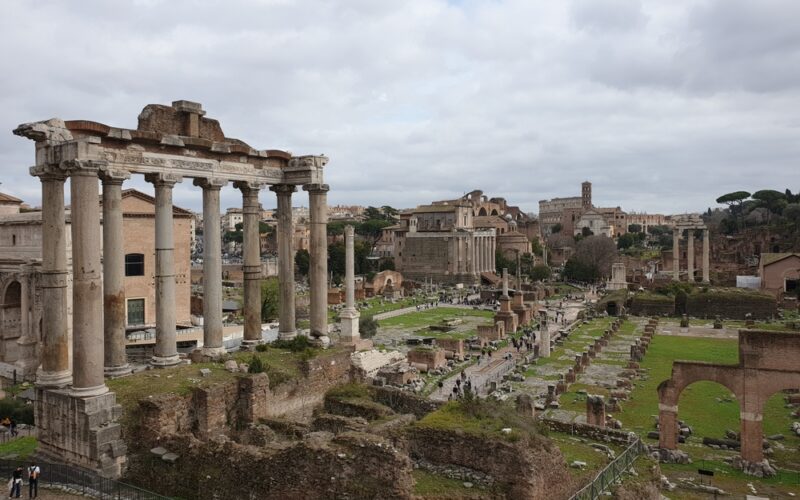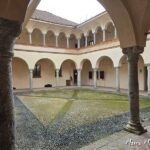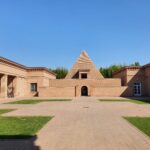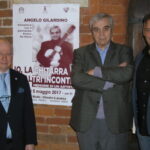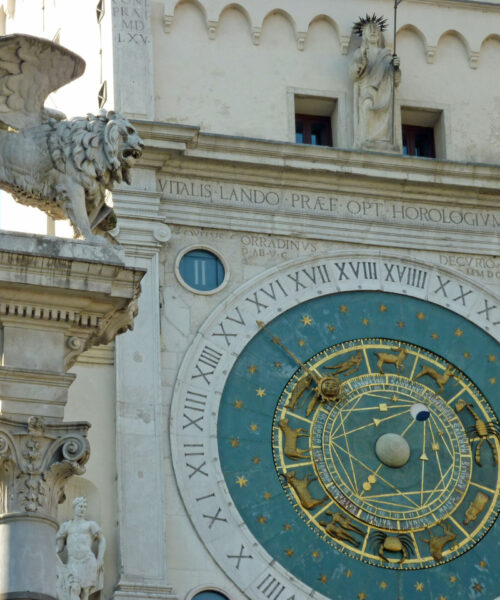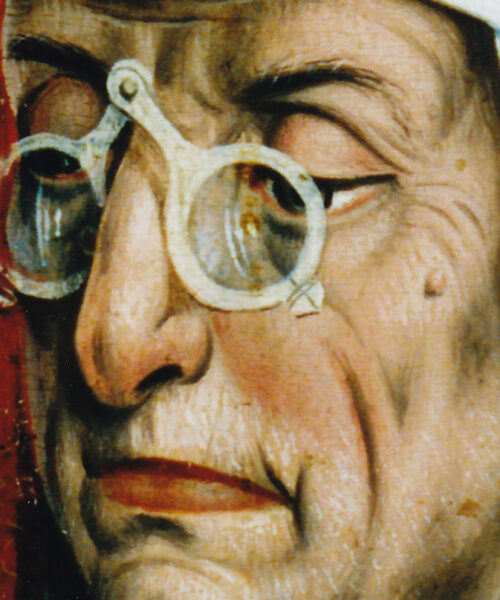In the collective imagination, few civilizations have left as indelible a mark as that of ancient Rome. The streets of ancient Rome, paved with history and myth, still invite time travelers today, not through machines or spells, but through the pages of books, fragments of marble, and grand monuments that withstand the wear and tear of millennia.
Architecture and Construction
The first thing that undeniably captures the attention of the modern observer is Roman engineering. Observing these structures is like a journey through time, taking us back to a civilization whose scale of ambition seems almost superhuman. From the imposing grandeur of the Colosseum to the symmetrical squares of the Roman Forums, from those aqueducts that snake like arteries through ancient cities to roads that extend like nerves in an empire, there is something transcendent in Roman architecture.
We’re not simply talking about constructions that serve a utilitarian need. These are structures that transcend their original function. Erected with a mastery that still defies understanding today, these constructions were the manifesto of a people who were not content with being great; they aspired to eternal greatness. They were less works of engineering and more monuments to human aspiration, concrete symbols aiming to represent something much greater than themselves: the power and immortality of a civilization.
Take the Pantheon, for example. Its dome, built with geometric intelligence and structural acumen, seems almost to defy gravity. But more than anything, it defies time. It is not just a roof over four walls; it’s a bold and fearless statement of human immortality. The robustness of this structure, which has defied time and elements for nearly two millennia, serves as a perpetual tribute to human magnificence and its immeasurable dreams. Beneath that imposing dome, it is inevitable to be permeated not only by the tactile sensation of the stone but also by the weight of history, by the ingenuity and extraordinary vision that made such a majestic work achievable.
In summary, Roman engineering doesn’t just speak of a technologically advanced people; it’s the voice of a civilization obsessed with the very idea of greatness, a civilization that has used stone, marble, and ingenuity to write its epic in the very fabric of time and space. And in that tale, there is a universal message that resonates through the millennia, touching every modern observer confronted with these marvels: the aspiration for greatness is an undeniable part of the human condition, a desire that, just like the structures it created, aspires to eternity.
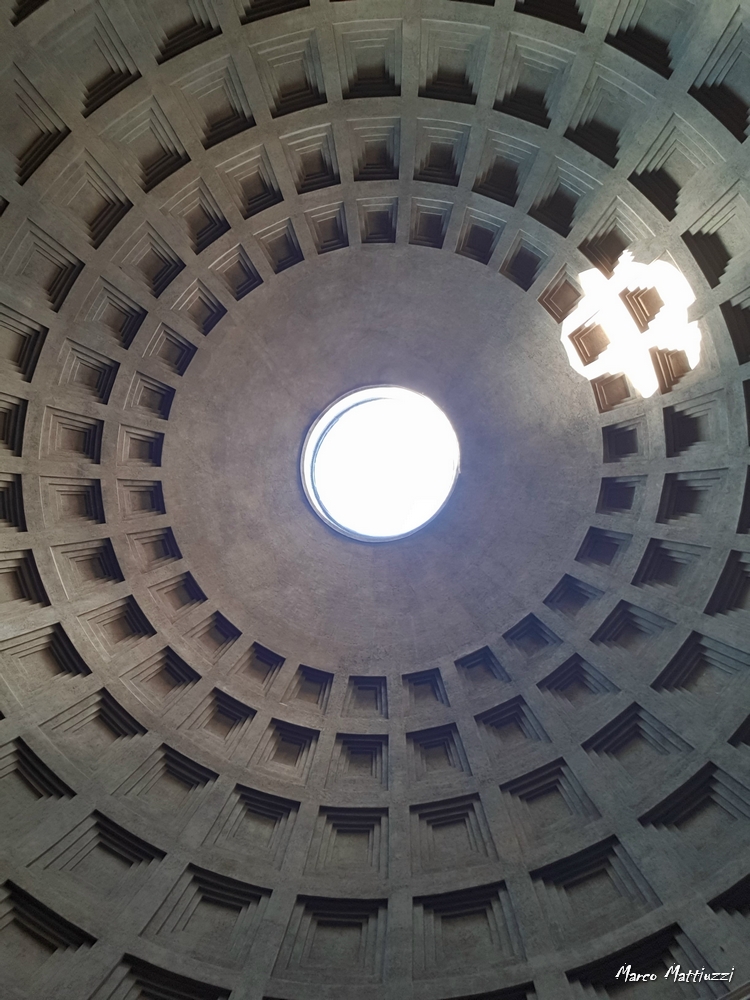
Works of Art: The Silent Voice of Marble and Colors
If the stones of Rome could speak, they would tell stories of art and beauty that go beyond the superficial image. The sculptures carved from blocks of marble, the intricate mosaics made of minuscule tiles, and the frescoes that adorn the walls and ceilings of ancient buildings go beyond the simple category of “works of art.” They are rather like portals that allow us to look directly into the soul of an era and culture.
Consider for a moment the hand of a sculptor as it guides the chisel through the marble. Each individual strike is not just a moment of creation but also one of revelation, as if the artist were unveiling a hidden figure within the mass of stone. And the forms that emerge from this process are often astonishing, from Apollo, the god of music and the arts, to Venus, the divinity of love and beauty. These figures become icons immortalized in marble, representations that celebrate not just the attributes of gods but also humanity itself in all its complexity and emotion.
But it’s not just gods that inhabit Roman art. Sculptures of senators, emperors, and common citizens capture the dignity, power, and even idiosyncrasies of specific individuals. As we lock eyes with the stone gaze of these sculptures, we almost seem to perceive an ancient message murmured, a sharing of emotions and experiences, of dreams achieved and failed, belonging to an era millennia away.
Meticulously crafted mosaics, often set into floors or walls, offer further astonishing testimonies to Roman artistic talent. Assembled from tiny tiles of various colors, these mosaics form depictions that range from mythological narratives to aspects of everyday life. Each individual tile serves as a base unit, akin to a pixel in a digital photograph, collaborating to create a complex image that enchants both up close and from a distance. These works served not just as vehicles for aesthetic beauty, but also as time capsules capturing the culture, spirituality, and even sense of humor of a given historical period.
Paintings, finally, often served as a visual diary of the beliefs and aspirations of those who commissioned them. The walls of villas and palaces were adorned with scenes ranging from epic myths to moments of domestic life, making each space a small universe where art and life blend in a timeless dialogue.
The works of art of ancient Rome are not just manifestations of aesthetics or technical skill; they bear witness to a deep understanding of the human condition. They represent the synthesis of emotions, desires, ideals, and fears that define our humanity. And in this lies their eternal allure: the ability to speak to us through the centuries, to touch the deepest chords of our being, and to make us reflect on the beauty and complexity of human existence.
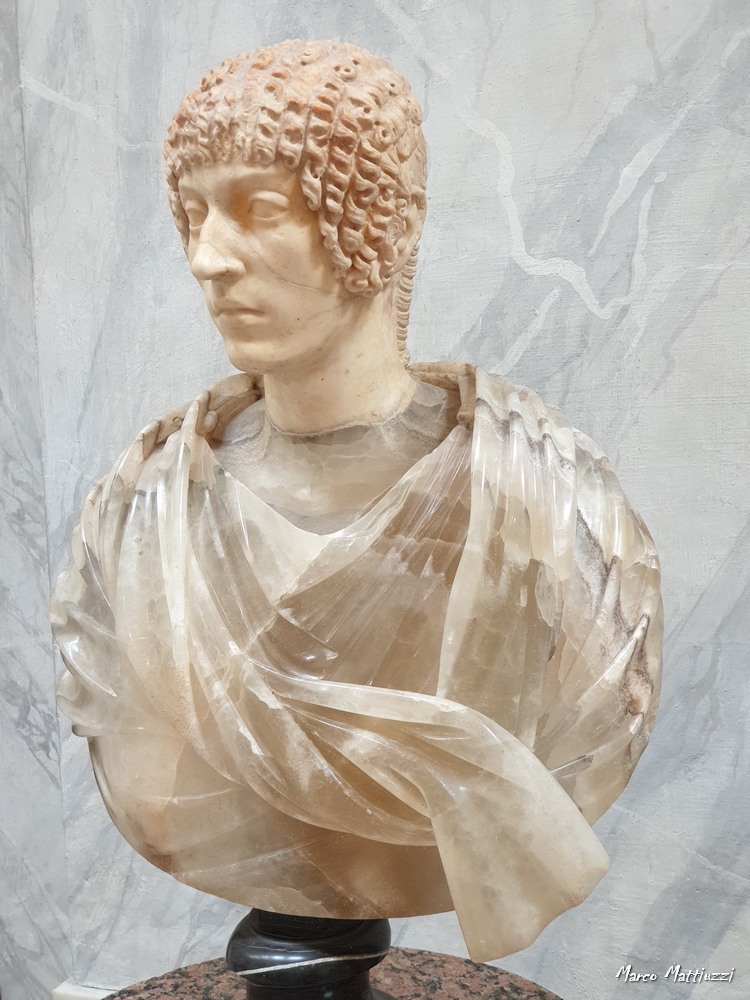
Philosophy and Thought: The Eternal Wisdom of an Empire
The allure of Rome is not limited to its extraordinary art and architecture; it is also a city that has been the crucible for some of the deepest and most enduring ideas in human history. Roman philosophy represents a field of intellectual exploration that has been drawing curious minds for centuries. This is not a mere imitation of Greek philosophy or a superficial adaptation of Eastern concepts. Rather than being mere epigones of Greek thought, the Romans developed a philosophy that was unique in its amalgamation of influences from a range of cultures and traditions. While it’s undeniable that much of their philosophical thinking was derived from the Greek legacy, the Romans were not content to merely repurpose these ideas: they revisited and modulated them in line with their own worldview. Unlike the often theoretical approach of the Greeks, the Romans adopted a practice-oriented philosophy. They saw philosophy not merely as an intellectual exercise, but as a tool for addressing real and immediate issues, such as ethics in governance, the value of self-control, and the realization of well-being on both an individual and collective scale.
Philosophers of the caliber of Seneca and Marcus Aurelius offer penetrating insights into the complexities of human experience. Seneca, a Stoic figure, delves into the intrinsic value of virtue and its role in the pursuit of happiness. His reflections on the transience of existence and the importance of moral rectitude remain relevant even today, offering valuable guidance on how to navigate the turbulent waters of life with balance and honor.
Marcus Aurelius, an emperor-philosopher, left us “The Meditations,” a text that serves as a philosophical and spiritual diary. In it, he tackles themes that are universal and timeless, from the fleeting nature of life to the complexities of human relationships, to the meaning of suffering and the pursuit of virtue. Even today, his words stand as a beacon for those seeking tools to live a more thoughtful and meaningful life.
Roman philosophy also concerns itself with public life and governance. Ideas such as that of the “res publica,” or the public interest, were a cornerstone of Roman political thought and continue to inform our contemporary conceptions of democracy, justice, and ethical leadership.
Roman philosophy is a complex mosaic of ideas that touches on an incredibly wide range of topics, many of which demonstrate remarkable relevance in today’s context. Through their ethical writings and political treatises, Roman thinkers have forged a legacy that serves us not only as a panoramic window onto a remote civilization, but also as a compass for navigating the intricate challenges of our modern world. This is the magic of Roman philosophy: its ability to speak across the centuries, to offer wisdom and insights that can guide us even today.
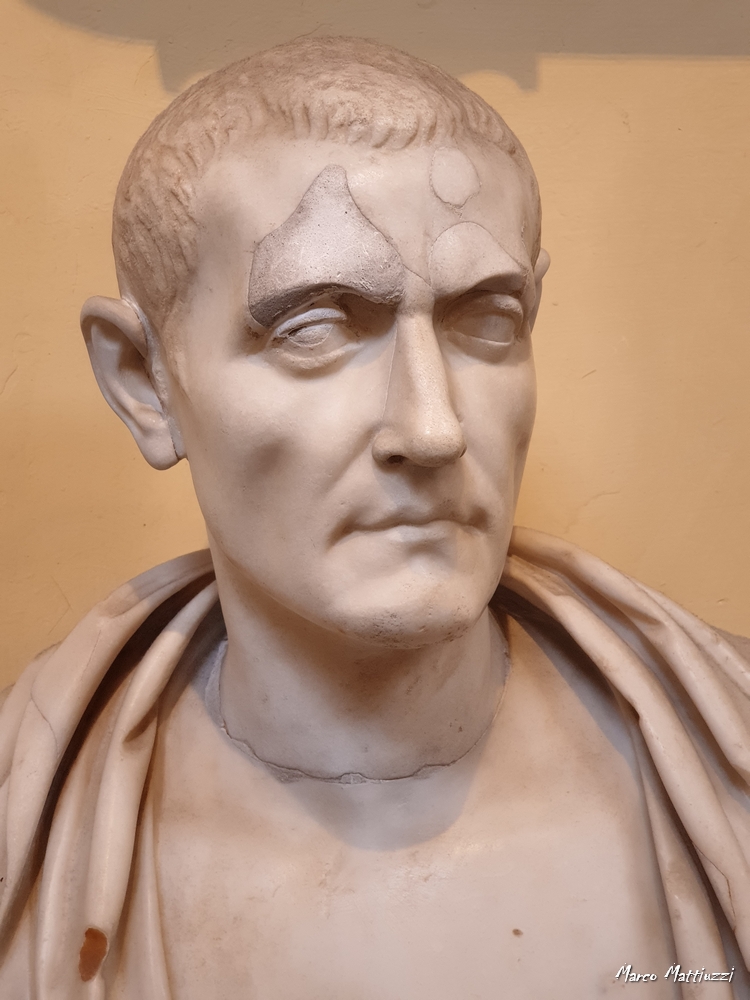
The Call of Heritage: An Invisible Thread that Unites the Centuries
Every aspect of Roman civilization—from its laws to its language, from its majestic buildings to its epic battles—seems to evoke a sense of intergenerational connection that goes well beyond aesthetic or intellectual appreciation. When we immerse ourselves in this ancient culture, we find ourselves looking back through the corridors of time, captivated and enchanted by a society that has shaped the West in ways we are still exploring, studying, and in some cases, emulating.
Roman law, for example, is the foundation upon which Western legal codes have been built. When we hear terms like ‘habeas corpus’ or ‘ius civile,’ we feel the echo of a Roman courtroom, where law was not just a set of norms but an ideal of justice and order. It’s a deep connection, almost as if the voices of jurists like Papinian or Ulpiano resonate in every modern courtroom, uniting past and present in a timeless continuity.
And then there’s the language. Latin goes beyond its role as the ancestor of the Romance languages; it’s an idiom that has permeated the lexicon of nearly all European languages. Whenever we use terms like “senate” or “republic,” we find ourselves unconsciously linked to that remote civilization that originated these concepts and shared them with the rest of the world. These words act like linguistic bridges that connect us to a reality both distant yet enduringly relevant.
Let’s not forget about urban planning and architecture. Walking through a modern city with grid-like streets, we can’t help but think of Rome’s earliest urban layouts. And every time we see a building with Doric or Corinthian columns, or cross a bridge that has withstood the wear of centuries, it’s as if we hear the silent call of that ancient Rome which, in some way, still lives within and around us.
This feeling of heritage isn’t mere nostalgia; it’s a resonance we feel deep in our souls. It’s the awareness that, in large and small ways, ancient Rome is not just a chapter in a history book, but a living piece in the mosaic of Western civilization. And this call, this invisible yet poignant connection, continues to exert its allure, uniting generations in a chain of humanity facing different challenges but bound by a common legacy.
In this way, the call of Roman heritage is a call to humanity itself, an invitation to explore and understand not only where we come from, but also what we aspire to be. And in that call, in that connection that spans the centuries, we find a sense of belonging, of understanding, and perhaps even inspiration for the future.
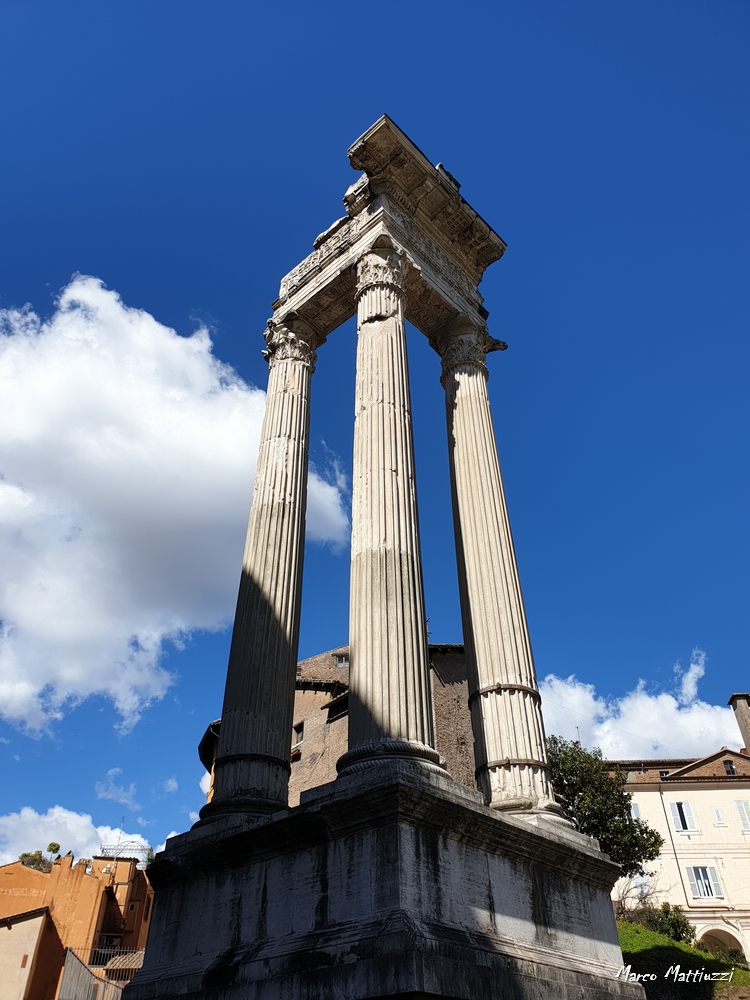
The Empire in the Mind: The Eternal Allure of a Grand Civilization
The very idea of an “Empire” – vast, multicultural, powerful – possesses an almost magnetic allure that transcends the bounds of time and space. The Roman Empire, with all its glories and flaws, remains a persistent force in the collective psyche. Even though its legions no longer march and its Caesars no longer rule, the essence of the Roman Empire endures in ways that are both surprisingly varied and profound.
One of the most extraordinary aspects of the Roman Empire’s allure is its ability to simultaneously embody universal aspirations and fears. We aspire to the greatness, order, and ingenuity that Rome represented. We look with admiration at its laws, its infrastructure, its culture, and its vast dominion. At the same time, the decline of the Empire and its negative repercussions serve as a warning, a point of reflection on the fragilities and responsibilities that come with such immense power.
Modern institutions, from governing bodies to international organizations, carry traces of Roman influence. Concepts such as the republic, the legal code, and citizenship are direct inheritances of Roman wisdom applied to governance. These elements, which we take for granted today, were once radical innovations that changed the face of civilization.
But perhaps the most potent aspect of the Roman Empire is its permanent residence in our imagination. Like the reflection of a colossus striding through time, the concept of Rome uniquely looms in our collective imaginings. It serves as a prototype of human excellence, a tangible example of what humanity can forge when circumstances are favorable. And, at the same time, it is a warning of how even the greatest achievements can be put at risk by intrigue, moral decay, or external crises.
Thus, the Empire in the mind is not merely a memory or a historical fact. It is a potent metaphor that continues to inform, challenge, and inspire. It allows us to dream of what humanity has been, what it is today, and what it might yet become. And in that vision, in that contemplation, we find an endless source of allure, a lens through which we can not only view the past but also the boundless potential of the future.
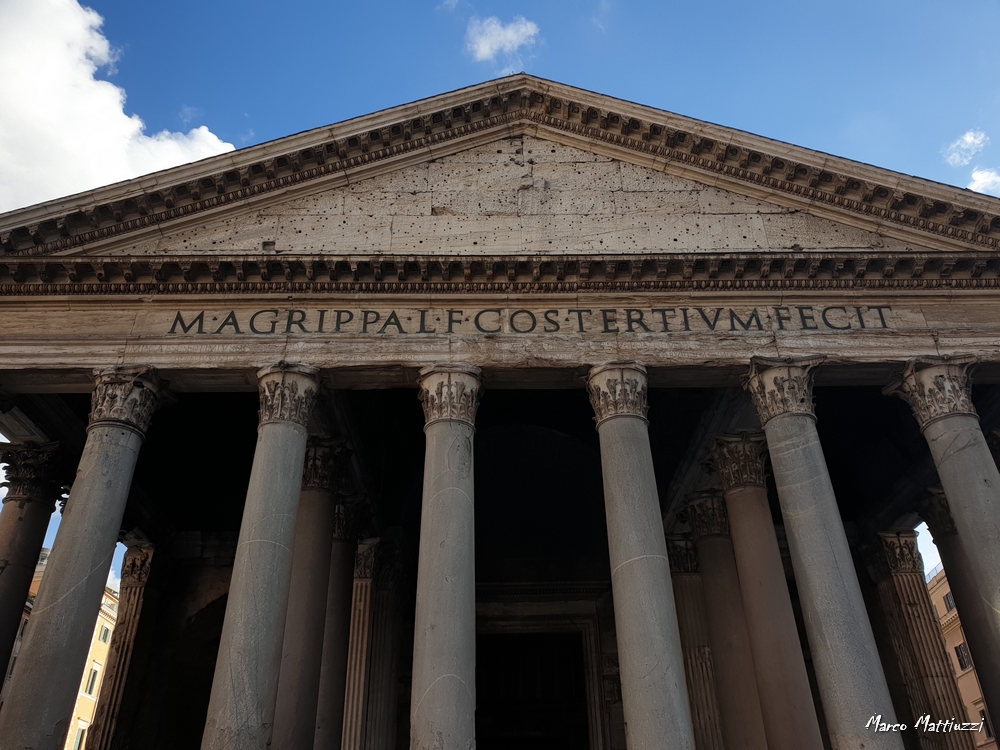
Sexual Freedom and Social Norms: A Golden Age of Expression
Another aspect that captures the imagination of many is the perception of a more liberal Roman society in terms of sexuality and gender norms, especially when compared to later periods of rigid morality. Seen as a golden age, devoid of the guilt that marked later eras—particularly with the advent of Christianity—the Roman “freedom” was far from unlimited or free from structural inequalities. In ancient Rome, sexual freedom was in many ways intertwined with culture, religion, and even politics, forming a complex yet deeply human picture of behaviors and desires.
In the context of ancient Rome, deities related to themes such as love and procreation were passionately venerated. Ceremonies in their honor became moments where people could freely explore and express their feelings and desires. High-profile figures like Julius Caesar, Cleopatra, and Emperor Nero live in historical accounts as examples of individuals whose romantic and sexual lives were in line with what was generally accepted in society at that time.
Therefore, in observing ancient Rome, we find an echo of ourselves not only in its legal codes, artistic expressions, and philosophical thought but also in its intricate relationship with sexuality and social norms. This adds another layer to its eternal relevance and serves as another reason why we remain so fascinated by a civilization that seems in many ways so distant, yet surprisingly close to the essence of human experience.
For this reason, the culture of ancient Rome continues to pique our interest and inspire us. It is not a reality confined solely to the pages of books or the remains of ancient ruins, but something that resides deep within our being. It is a timeless allure that transcends generations, urging us to investigate, to understand, and ultimately to fully live our humanity.
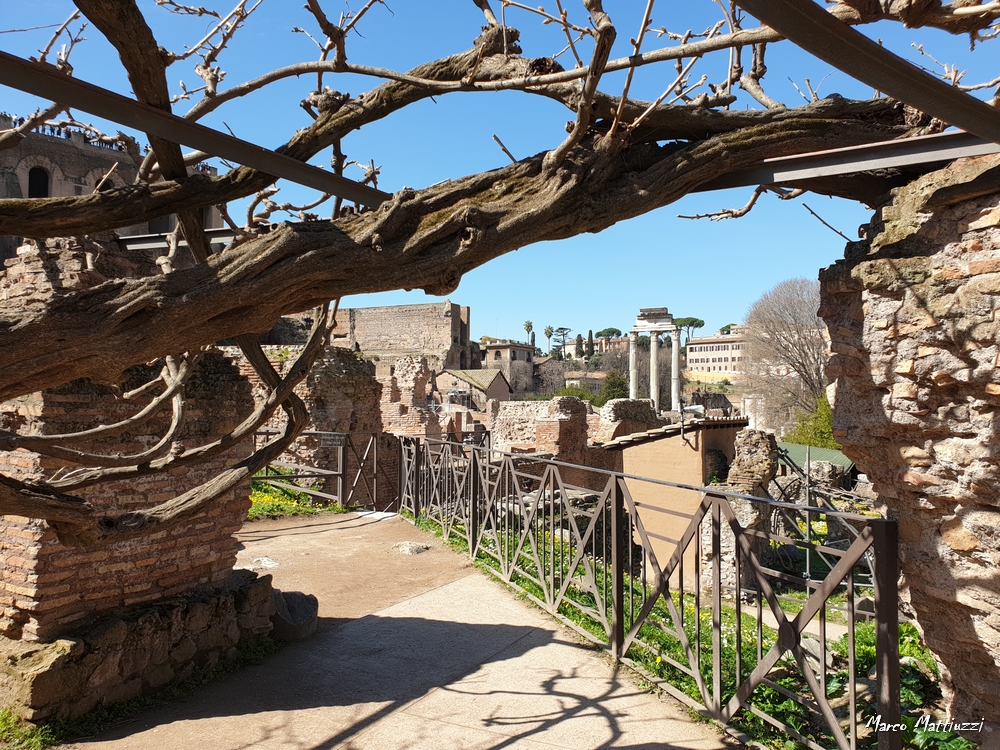
Governance and Legal System
Another element that might be intriguing to explore is the influence of Roman civilization on governance and law. The political structure of Rome, with its complex laws and legal system, serves as the foundation upon which many modern societies have built their own systems of justice and governance. From terms like “veto” and “quorum” to the fundamental ideas of republic and democracy, ancient Rome offers an enduring model for social and political organization.
If Roman art and culture capture our imagination, it’s in their legal legacy where we find a more lasting impact. Rome’s laws, crystallized in the Lex Duodecim Tabularum, form the foundation upon which Western law is built. This ancient code wasn’t merely a set of legal rules; it was also an ethic, a wise balance between individual liberties and the common good.
Concepts like “Habeas Corpus,” the fundamental right not to be unjustly detained, spring from Roman legal thought like majestic trees from deep roots. And “Stare Decisis,” the unyielding idea that past judicial decisions should guide future rulings, is another branch of that ancient root that still nourishes the entire ecosystem of justice today.
These laws and concepts were not merely articles written on wooden tablets or carved in stone; they were the lifeblood coursing through the veins of an empire. They governed relationships between husband and wife, father and son, citizen and state, master and slave. They extended from the Roman Forum to the farthest reaches of the provinces, giving form and substance to social order and authority.
Over time, these laws have undergone transformations, adaptations, and sometimes even distortions, but their core essence remains intact, like a kind of legal DNA that continues to replicate in new forms and contexts. Today’s legal systems, with their courts and constitutions, are but direct descendants of those ancient tablets and the principles upon which they were founded.
Whenever a magistrate leans on precedent to formulate a ruling, whenever a lawyer appeals to Habeas Corpus to protect an individual from unjust arrest, they are in some way participating in a dialogue that spans centuries. They become actors in a theater that lifted its curtains in Roman forums and basilicas, and now continues to be performed in courtrooms and tribunals across the globe. Thus, Rome is not just a marble monument to the greatness of the past; it is a living organism, a corpus of ideas and ideals that continue to evolve and resonate in the soul of Western culture.
Even the techniques of governing such a vast and diversified empire have left an indelible mark. Strategies of decentralization, of delegated power, and of extended citizenship have influenced the political structure of many subsequent states. These methods weren’t just tactics to maintain order but were part of a broader vision of the civitas, the community, that has stood the test of time.
So, while tourists disperse among the remnants of the Colosseum and scholars decipher ancient manuscripts, lawyers and politicians still refer back to the laws and principles of that ancient republic and subsequent empire. Even in this, ancient Rome lives on: not just as an open-air museum or a chapter in a textbook, but as a living, vibrant actor in the daily lives of millions.
The sum of all these parts makes Rome irresistible in the eyes of humanity. It’s a charm that crosses borders, defies time, and invites deeper examination into what it means to be human, in all its wonderful complexities.
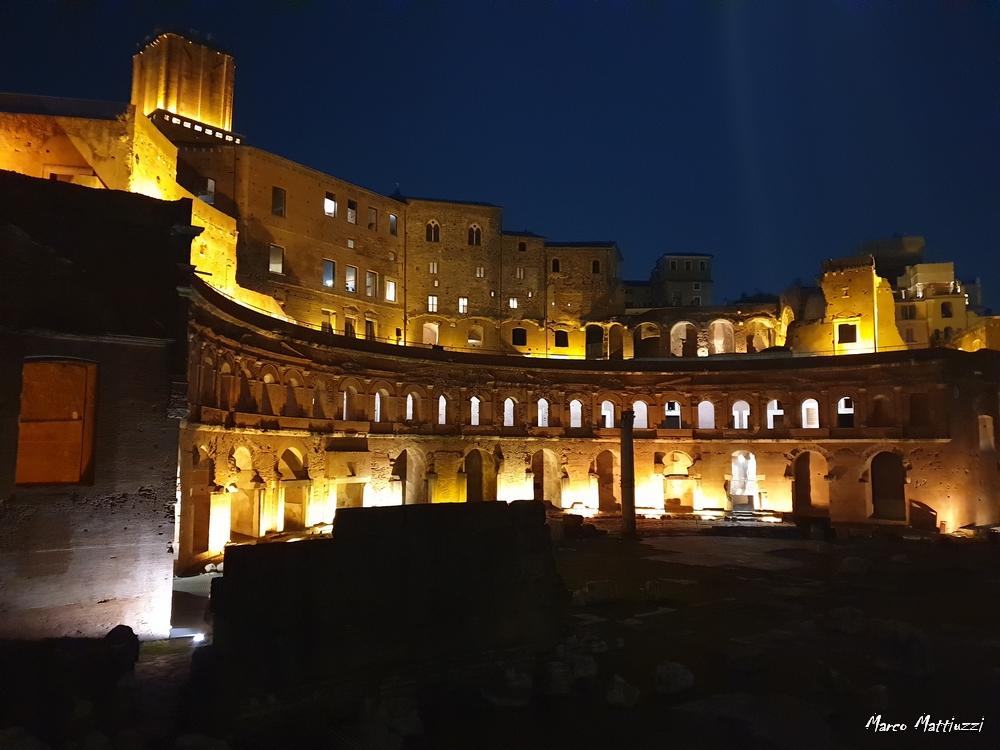
The Power of Myth and Language
Another aspect that perpetuates the allure of ancient Rome is the influence of its mythological and linguistic heritage on our worldview. Roman legends, though rooted in Greek mythology, have broken away from their progenitor to embrace an essence that is uniquely Roman. The sagas of Romulus and Remus, the founding brothers of the eternal city, or deities like Mars, Venus, and Jupiter, transcend history to become vivid symbols that resonate through time. They are transformed into cultural archetypes, frames within which we can scrutinize universal themes like passionate love, warlike discord, unbreakable fraternal bonds, and the enveloping weight of authority.
Yet, the greatness of Rome resides not solely in its mythical narratives. It also lives, breathes, and speaks through the medium of language. The Latin language, with its complex structure and rich nuances, is like a river flowing through millennia, irrigating the lands of literature, philosophy, and law. This now-ancient language once pulsed in the squares and forums, animating the speeches of senators and the praises of poets. Today, it has transformed into a mother tongue from which many modern languages have blossomed, thereby continuing to weave a connection between past and present, between myth and reality.
So, if Rome lives within us, it does so not only as an echo of deities and heroes but also as a vocabulary that we use, often unconsciously, to articulate the complexity of our world. Its legends and language are the threads of an intricate fabric that we have inherited, and which, willingly or not, contributes to defining who we are. In this way, Rome continues to be not a closed chapter of history but an open dialogue, an ongoing discourse that invites each of us to take part, to understand, and ultimately to lend our own voice to that polyphonic chorus that is human culture. Latin, the language of Rome, may be considered dead in terms of daily use, but it lives on in scientific terminology, mottos, theology, and Romance languages. This ancient tongue is the linguistic DNA that links past, present, and future, allowing us to decipher the world around us with tools forged millennia ago.
The longevity and pervasiveness of Latin are further testimonies to how Rome has penetrated the deepest recesses of Western culture. It serves as a constant reminder that the past is never truly past; it is simply transformed, readapted, and reincorporated into the fabric of our current existence.
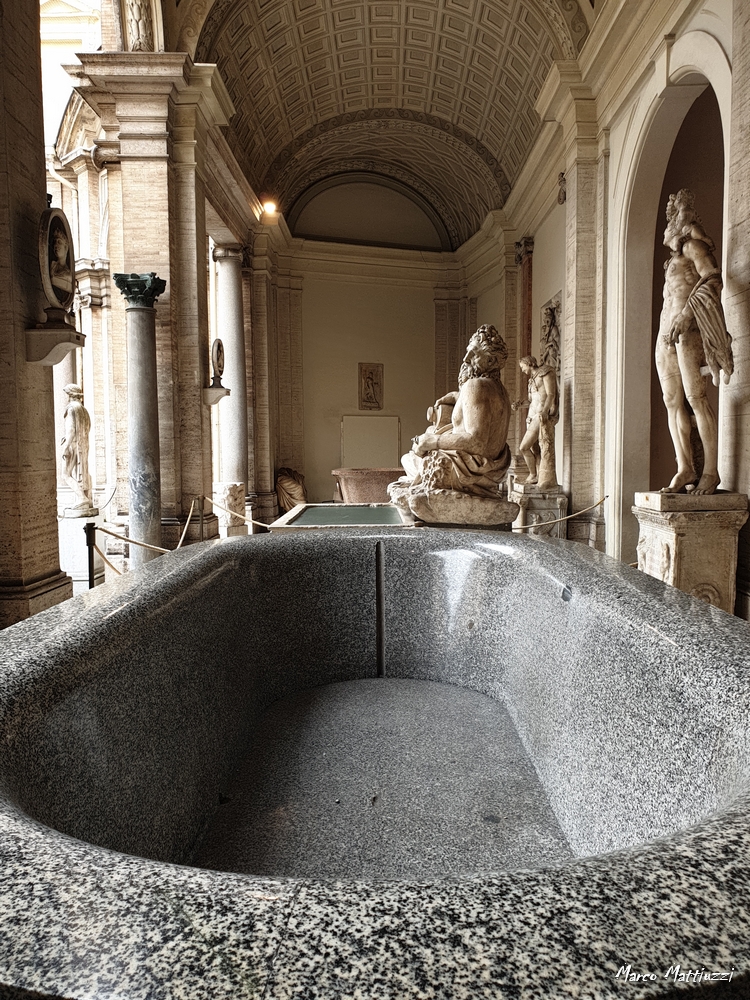
Rationality and Mathematics: Functionality in Simplicity
The Mathematical Logic of the Romans is another aspect that continues to enchant scholars and enthusiasts alike. The Roman ingenuity in rationalizing various aspects of life—from urban planning to military tactics—reveals a deep respect for order, functionality, and ultimately, simplicity.
In architecture, mathematical precision is visible in everything from grand aqueducts to the structures of baths. This was a civilization that knew the power of geometry and applied it to create spaces that were not just beautiful, but incredibly functional. Buildings like the Pantheon in Rome with its perfectly proportioned dome represent the pinnacle of this fusion of form and function.
In the military realm, Roman rationality reached new heights. The manner in which Roman legions set up their fortified camps followed an almost mathematical logic. Every element, from ditches to palisades, was positioned with precision. This was not just to offer maximum protection but also to allow for efficient movement of troops. It was a war machine designed with the intent of being as lethal as it was logical.
For the Romans, rationality was not just a matter of aesthetic taste or practical convenience, but rather a prism through which they interpreted existence. They believed that the universe was an ordered structure, susceptible to being understood and, at least partly, manipulated through logical reasoning. And it is this mindset that has helped to leave a lasting mark throughout history.
The lesson we can draw from all this is that there is beauty in functionality and power in simplicity. In an increasingly complex and chaotic world, the Roman vision of applied rationality offers a kind of eternal compass, a call to thoughtfulness and balance that becomes increasingly precious as time passes.
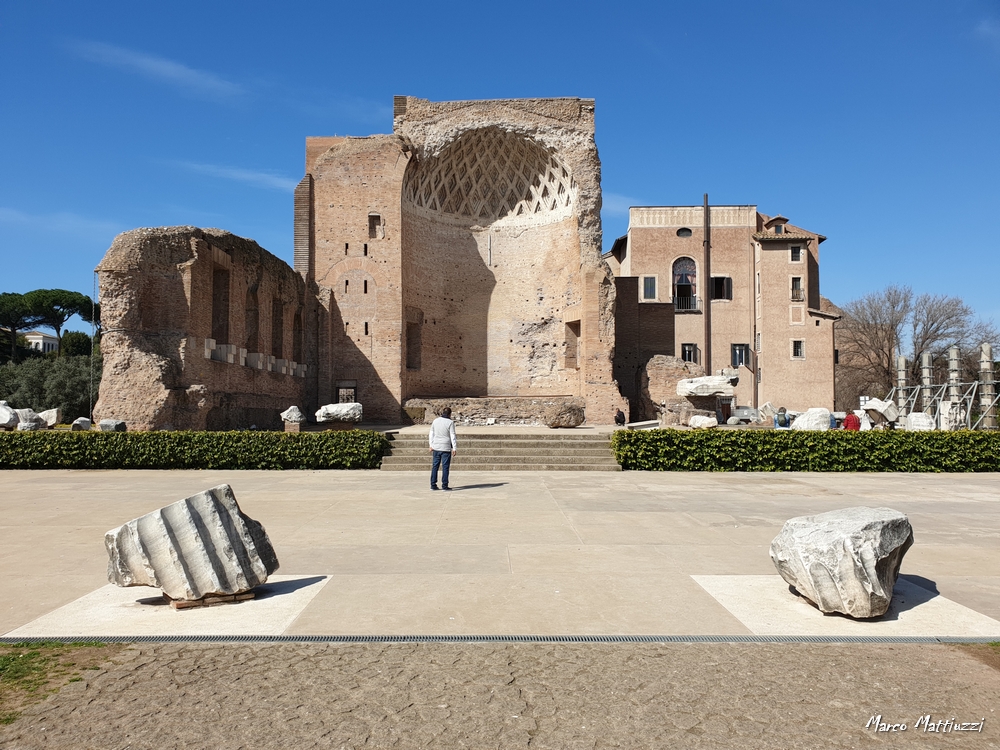
Conclusion
The allure of ancient Rome goes beyond its imposing dominion or visual charm; it resides in its ability to echo universal themes that touch the human soul. Whether related to law, language, legends, or art, Rome remains eternal not just as a physical place, but also as a vast domain in our thoughts and imaginations.
For this reason, generation after generation, we continue to explore its ancient alleys, its sacred and secular texts, its norms and its epic tales. It is for this reason that Rome, with all its nuances, incongruities, and attractions, will continue to be a pivotal point of reference in humanity’s unstoppable journey towards self-awareness and understanding of the surrounding world.
From all this emerges a fundamental lesson: there is an innate beauty in functionality and a strength in simplicity. In an increasingly complex and chaotic world, the Roman vision of applied rationality offers a kind of eternal compass, a call to deliberation and balance that seems increasingly valuable as time passes.
And so, ancient Rome continues to speak to us, not only through its art, its philosophy, or its law, but also through the pure, simple logic of its organization. It’s another thread in the rich tapestry of reasons why we continue to be fascinated by this extraordinary civilization.

